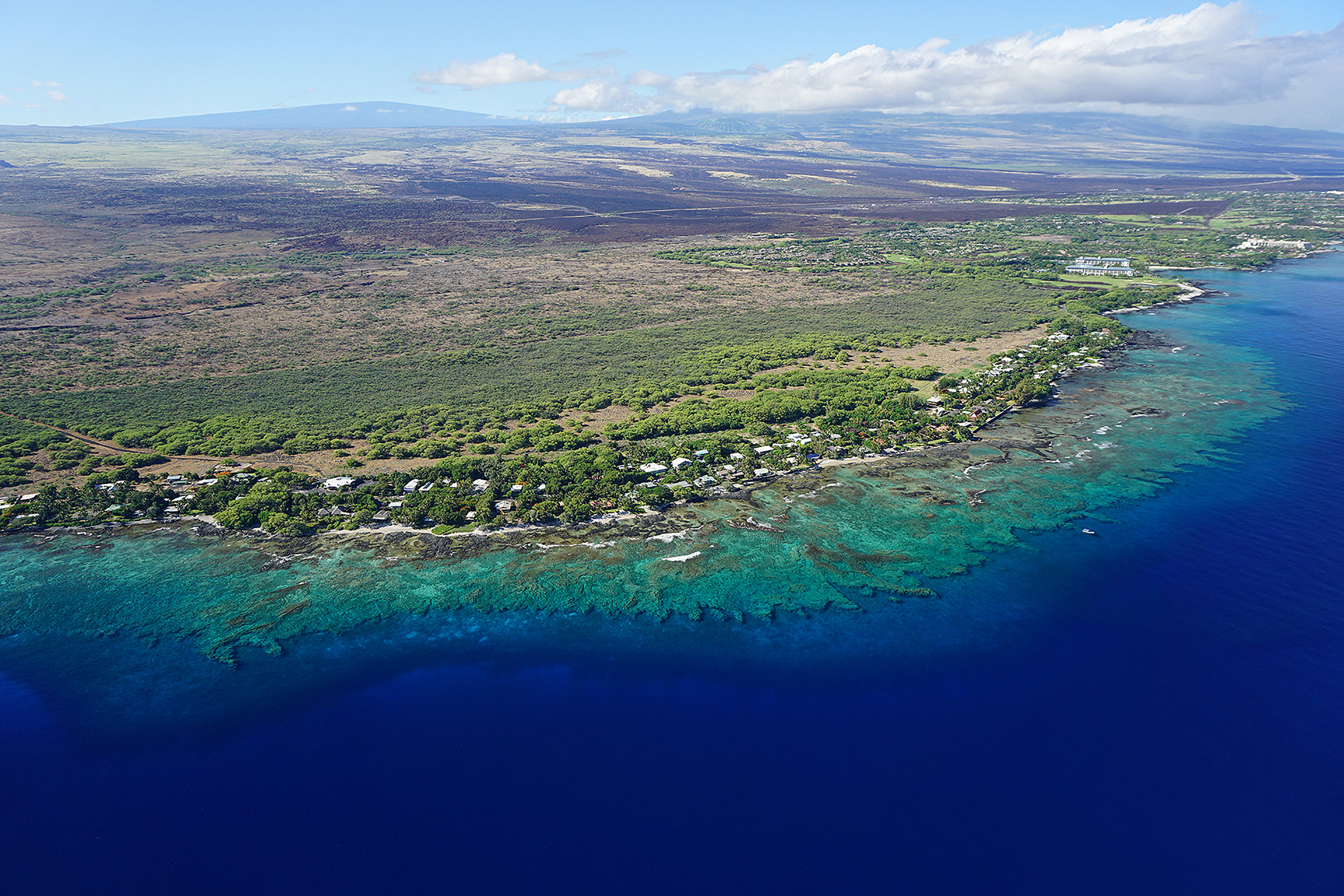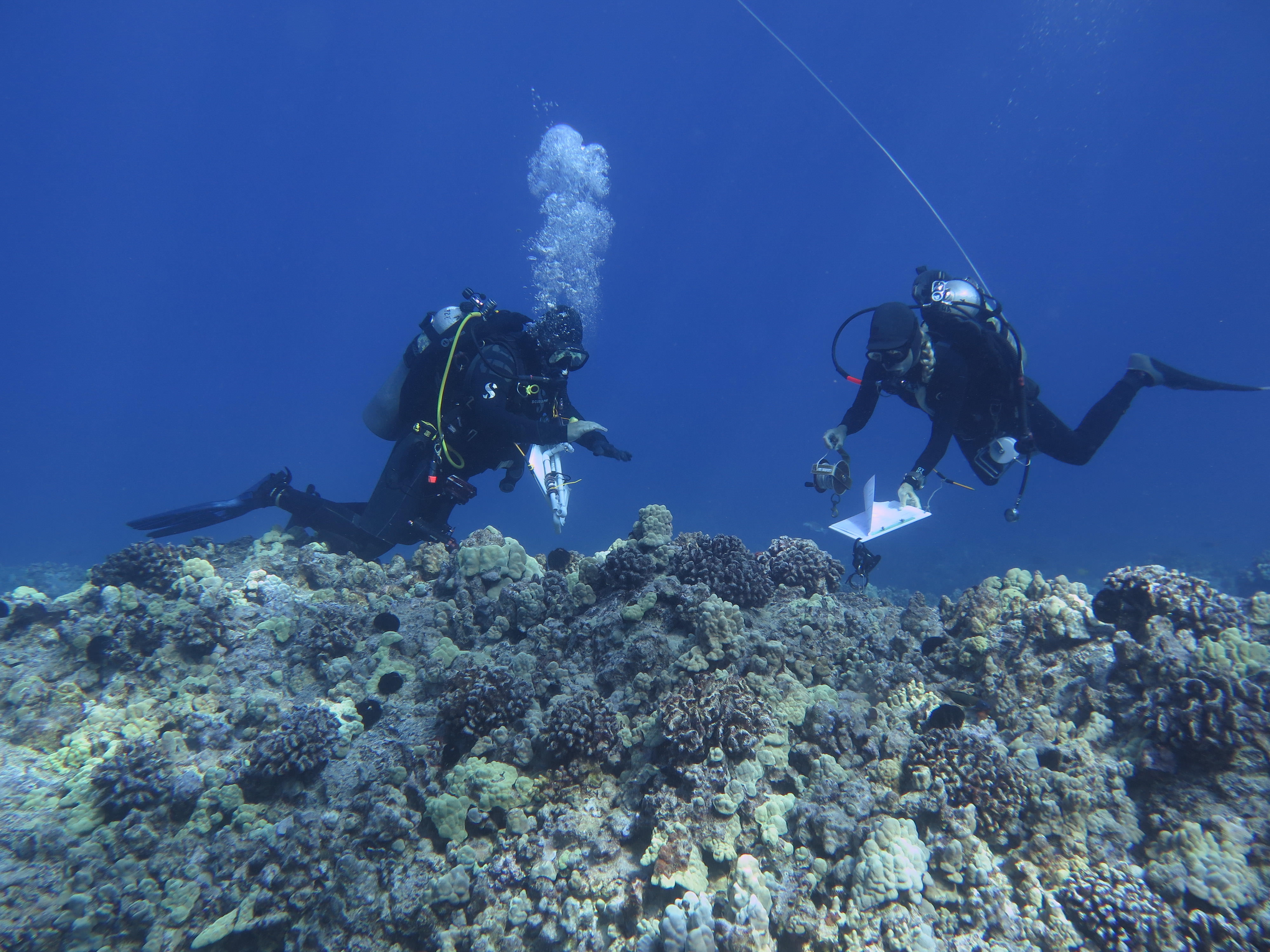Protecting and Restoring Hawaiʻi’s Reefs
Hawaiʻi’s once fertile and well-managed reefs and fisheries helped sustain a self-sufficient Hawaiian population for a thousand years.
Today, the living reefs along Hawaiʻi’s shores continue to provide important habitat for reef fish; protect us from storms and rising sea levels; and support Hawaiʻi’s cultural traditions, island lifestyle and economy. In fact, each year, Hawaiʻi’s reefs support nearshore fisheries worth $13.4 million and reef-related tourism contributing more than $1.2 billion to the state’s economy. They also provide flood protection benefits to people, property and jobs valued at more than $836 million annually.
But the pressures of an increasing population and nearly 10 million visitors a year have strained our reefs and fisheries. Impacts from overfishing, land-based pollution and invasive species have already contributed to a 60% decline in living coral reefs in some areas in the last 40 years, and a more than 90% decline in some commercially important reef fish populations over the past century.
Fortunately, like other living things, Hawaiʻi’s reefs and fisheries can recover if the damage is not too severe and we take strong local action to minimize threats. That’s why:
- We share and help our partners apply science, tools and strategies to enhance the health, management, resilience and sustainability of coral reefs and reef fish populations. Drawing from TNC’s vast global network, we are able to share innovative tools and strategies to address Hawai'i’s most urgent conservation challenges, while our science helps community and government partners identify effective conservation and adaptive management actions. Learn more about our science, tools and strategies.
- We work with government agencies, community groups and other organizations to restore coastal habitat. These efforts blend traditional practices and local expertise with the latest tools and science to demonstrate effective management and illustrate how healthy reefs, fishponds and wetlands enhance coastal protection. See how your support is helping to transform coastal and marine life across the islands.
- Our teams promote peer learning and nurture promising young professionals to strengthen local leadership. While peer learning networks accelerate the exchange of knowledge among natural resource managers, our fellowships and internships help the next generation acquire the skills, experience and confidence to guide marine conservation in the decades to come. See how the networks and fellows are advancing conservation.
Your support makes all of this possible. Thank you for choosing to invest—in us, in strengthening local leadership, in vital science and restoration, and, most importantly, in creating a healthy and sustainable island home.


.jpg)
